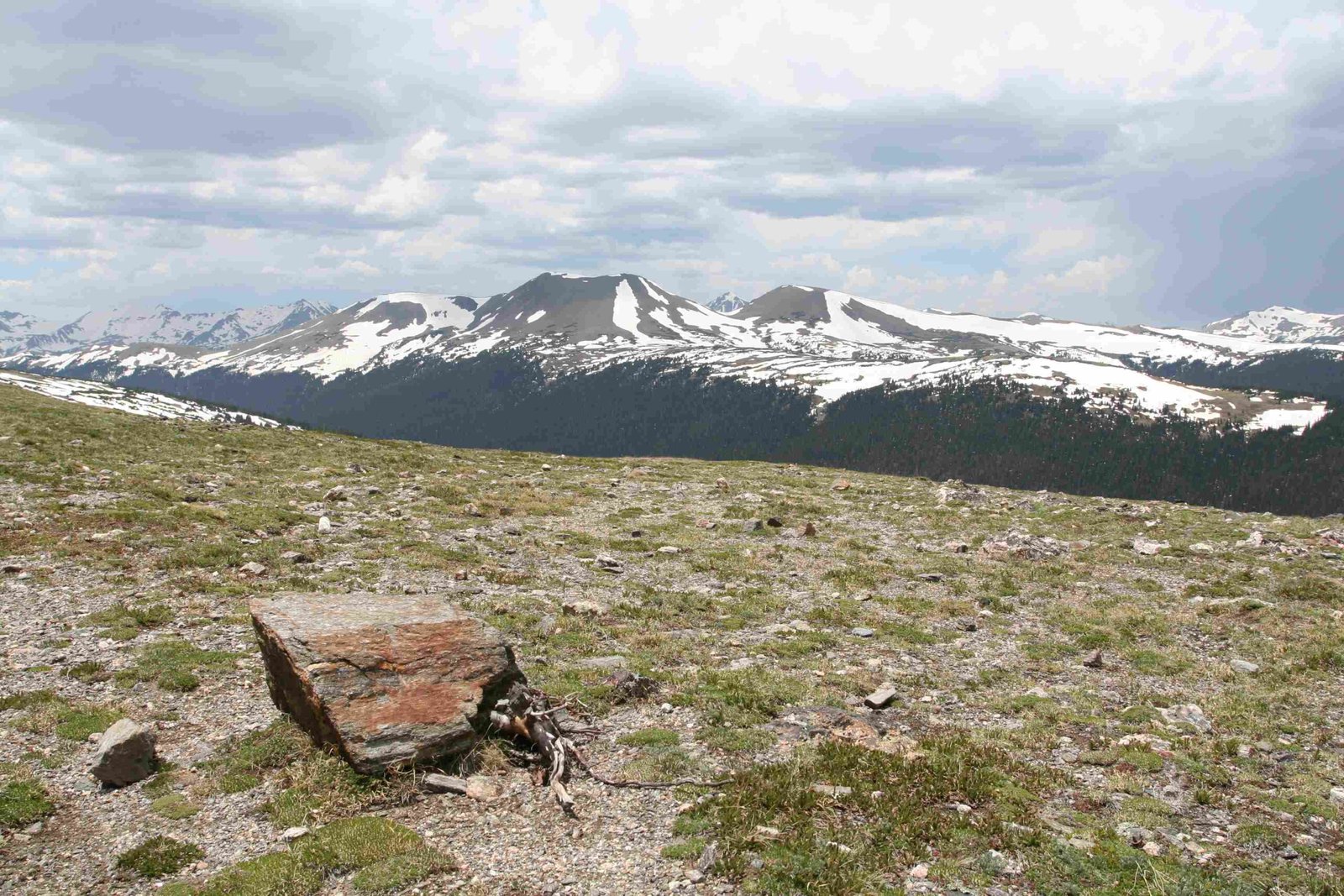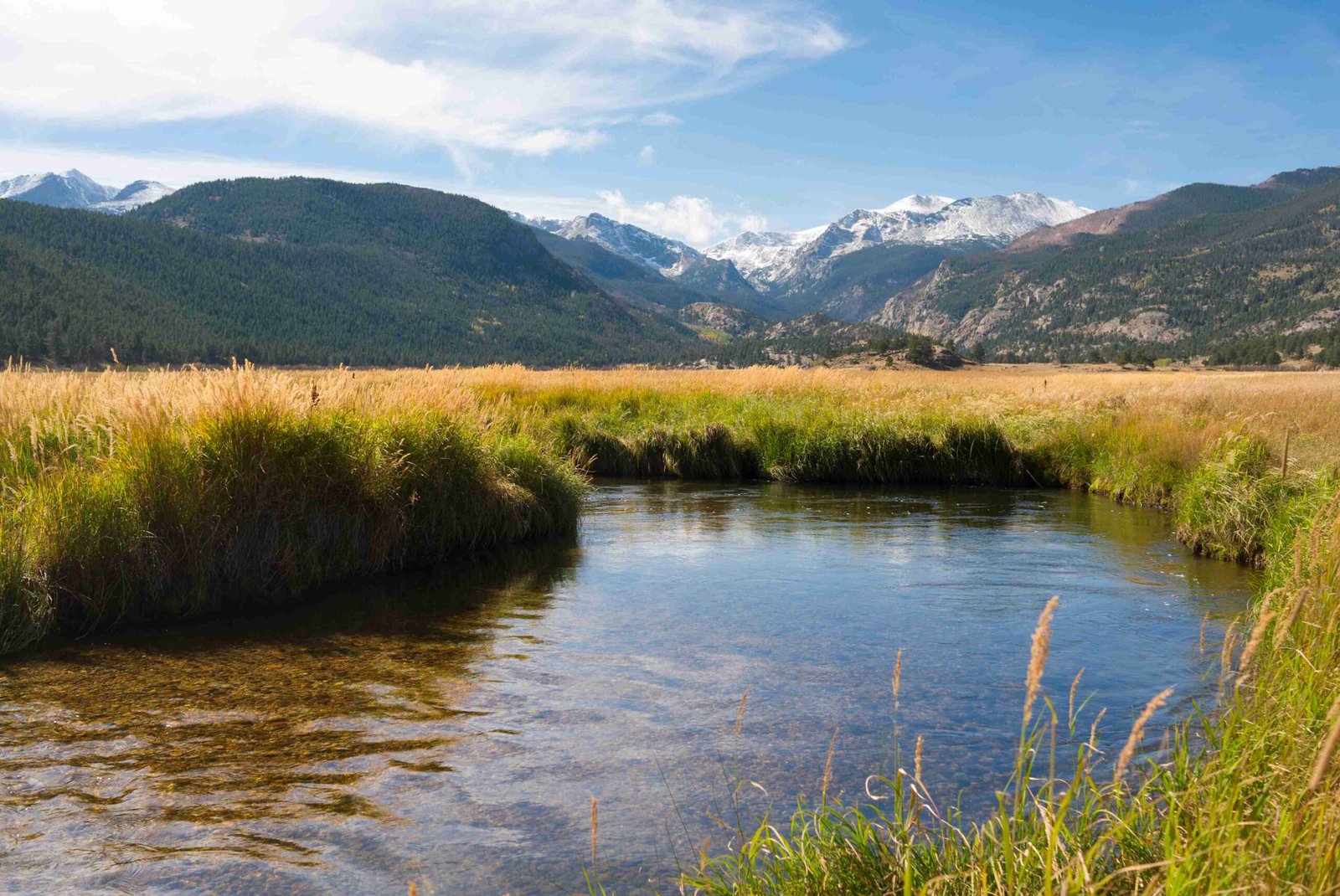Rocky Mountain National Park experiences varying levels of avalanche danger throughout the winter season. Current reports indicate low to moderate risk levels, with potential increases due to incoming storms. The park’s diverse terrain and changing weather patterns contribute to dynamic avalanche conditions, requiring visitors to stay informed and prepared. This guide provides crucial information on current danger levels, safety protocols, and risk assessment for those venturing into avalanche-prone areas of the park.
What Are the Current Avalanche Danger Levels in Rocky Mountain National Park?

As of the latest reports, the avalanche danger levels in the Northern Mountains, which include Rocky Mountain National Park, are as follows:
- Low to moderate risk (Level 1-2 out of 5) in most areas
- Expected increase in danger starting Sunday or Monday due to an incoming storm
- Areas near Keystone and Winter Park currently at moderate risk (Level 2)
Recent avalanche activity includes:
– A large Wind Slab avalanche on a north-facing slope in Rocky Mountain National Park
– Another avalanche near the ground at South Diamond in Cameron Pass
How Does Weather Influence Avalanche Risk in the Park?

Weather plays a crucial role in avalanche formation and risk levels:
- Recent storms:
- Brought 2 to 8 inches of new snow
- Accompanied by strong westerly winds
- Redistributed snow into thicker slabs
-
Buried weak snow surfaces
-
Upcoming storm:
- Expected to increase avalanche danger
- May create a persistent weak layer when burying existing weak snow surfaces
- Potential for larger and more widespread avalanches
| Weather Factor | Impact on Avalanche Risk |
|---|---|
| New snowfall | Increases instability |
| Strong winds | Creates wind slabs |
| Rapid warming | Weakens snowpack |
| Rain on snow | Increases weight and instability |
What Safety Protocols Should Visitors Follow in Avalanche-Prone Areas?
Essential Gear
- Avalanche transceiver
- Probe
- Shovel
- Traction devices for boots
- Hiking poles
Group Travel
- Always travel with a group
- Ensure all members carry avalanche rescue equipment
- Maintain visual and verbal contact
Training and Education
The Colorado Avalanche Information Center (CAIC) offers:
– Avalanche safety courses
– Educational events throughout the state
– Up-to-date avalanche forecasts
Emergency Preparedness
- Inform someone of your itinerary
- Carry emergency contact numbers
- Know the park’s emergency procedures
- For emergencies, contact:
- Park visitor center
- Emergency number: (970) 586-1206
Where Are the Specific Areas with Recent Avalanche Activity?
Recent avalanche activity has been reported in:
- North-facing slopes within Rocky Mountain National Park
- South Diamond area in Cameron Pass
Visitors should exercise extreme caution in these areas and similar terrain throughout the park.
What Are the Current Snowpack Conditions in the Park?
Snowpack depth varies across different elevations:
- Never Summer (10,280′): 22 inches
- Bear Lake (9,500′): 11 inches
These measurements provide a general idea, but conditions can change rapidly. Always check the most recent reports before venturing out.
How Can Visitors Assess and Mitigate Avalanche Risk?
- Check the latest avalanche forecast
- Avoid steep slopes with wind-drifted snow
- Be cautious on slopes with more than 8 inches of new snow
- Look for signs of instability:
- Cracking in the snow
- Collapsing snow layers
- Recent avalanche activity
- Choose lower-angle slopes or wind-sheltered areas for safer travel
- Continuously reassess conditions throughout your trip
What Are the Predicted Changes in Avalanche Risk Levels?
Forecasts indicate:
- Rising danger levels starting Sunday or Monday
- Increased risk due to new storm systems
- Potential for a persistent weak layer formation
- Higher likelihood of larger and more widespread avalanches
Visitors should stay informed about these changes and adjust their plans accordingly.
Are There Any Current Advisories or Closures in Rocky Mountain National Park?
While no specific closures have been mentioned, visitors are strongly advised to:
- Stay informed with the latest avalanche forecasts
- Avoid steep slopes with wind-drifted snow
- Exercise caution in gullies and along ridgelines
- Check park notifications for any sudden closures or warnings
Remember, conditions can change rapidly, and it’s crucial to check for updates immediately before your visit.
How Can Visitors Stay Informed About Avalanche Conditions?
To stay up-to-date on avalanche conditions in Rocky Mountain National Park:
- Check the Colorado Avalanche Information Center (CAIC) website daily
- Visit the park’s official website for current conditions
- Consult with park rangers at visitor centers
- Subscribe to avalanche alert systems or apps
- Follow social media accounts of official park and avalanche forecasting services
By staying informed and prepared, visitors can enjoy the beauty of Rocky Mountain National Park while minimizing avalanche risks.
References:
1. Denver7 – Experts warn of increased avalanche risk following Colorado snowstorm
2. Colorado Avalanche Information Center – Avalanche Weekly Summary
3. U.S. National Park Service – Trail Conditions – Rocky Mountain National Park

